Review: Razer Viper Ultimate with charging dock and Superglide Glass Skates
The Razer Viper Ultimate is a middle-to-high end wireless gaming mouse that initially released in 2019. It’s a lightweight ambidextrous design with four side buttons that are initially mirrored bilaterally but can be remapped via Razer’s Synapse software. They also come in three standard colors, Black, Mercury (white), and Quartz (pink). There is also a special edition in yellow with printed decals for Cyberpunk 2077. You can buy it without the dock but are then limited to Black.
I ended up purchasing the Mercury color which is white with brushed metal accents on the scroll-wheel and side buttons (painted plastic, not actual metal). The sides and top of the scroll-wheel feature the familiar gray, textured rubber for a grippier experience than an all-plastic shell. There is RGB support, also controlled through Synapse, on the palm rest of the mouse in the form of a transparent Razer snake logo meaning at most times the RGB is covered when the mouse is in use. The feet that come stock on the mouse are the typical PTFE also in a color-matched gray. There are 5 points of contact on the bottom, four in all the corners and a rounded square in the center that surrounds the sensor.
The sensor is Razer’s Focus+ offering up to five programmable steps in sensitivity ranging from 100 to 20,000 DPI. Those can be configured in the Synapse software then saved to the mouse. To change DPI, by default, the button is on the bottom of the mouse just above the on/off toggle with an LED indicator to match the color of the saved profile. You use the button as a toggle that cycles through the DPI settings. However, you can also reconfigure the mapped buttons in the software to change one of any of the 10 buttons on the mouse to being that toggle, or disable it entirely if you purely use a single DPI at all times. As an ambidextrous mouse the choice of handedness is also found in the software to switch the primary and secondary buttons on the mouse depending on whether you use the mouse right-handed or left-handed.
Initially setting up the mouse I kept encountering a strange issue. It felt like the mouse kept cutting out signal and felt very jittery and unresponsive. Initially, I thought it was an issue of wireless interference so I repositioned some of my other wireless devices, moved others further away from it, and even tried several positions with the adapter. What solved it was when I changed USB ports. It seems that the one USB controller on my motherboard simply didn’t play well with the mouse, while my Model O- Wireless was completely unaffected on the same port. But since switching to a different port I’ve had no connection issues, jittering, or otherwise instability with the mouse. If you do get one and find it behaving strangely, my first suggestion would be to make sure the mouse firmware is up to date, something that Synapse will notify you about. And secondly, I’d suggest trying out different ports on your computer. Different USB controllers may not work with different devices, especially if they use a high 1000Hz (or in the case of some newer mice, 4000Hz) polling rate. It was surprising to me if only because this is the first peripheral I’ve used in some time that had such an incompatibility.
For people who don’t care for Synapse software, you can use it to set up the mouse, program your settings and macros to the mouse, then uninstall the software and use the mouse as a standard wireless, or wired, mouse. I’ve kept Synapse installed, partly because I am able to synchronize my settings across computers, but I do appreciate the option to not be forced to use it and find that is a step in the right direction for Razer. The dock and mouse will show you battery levels when you place the mouse on the dock going between a breathing red, to yellow, to green, to finally a solid green for 100% charged. Also on the bottom is a small plastic door that covers a small compartment where you can store the dongle when traveling or storing the mouse. I personally find it more annoying to use given the dock has a recessed area for the dongle itself, but it is a welcome option and is important for anyone who purchases the mouse sans dock.
The dock itself is weighty and angled for easy access and use. It features an RGB band around the base which can be programmed in Synapse for animations and colors just like the mouse. On the bottom is a sticky silicone ring along the outer edge of the base that attracts dirt and hair but also keeps the base well planted on the desk. Cleaning it is easy with a gently moistened paper towel to wipe away the hair and dust. On the back of the base is the port where the micro-USB cable that can also be plugged into the mouse is located. The cable is color-matched to the mouse and braided like the wired Razer Viper and does have a small hole with an unusual design meaning that you are unlikely to use any other micro-USB cable to use with the mouse or base. That’s unfortunate, but par for the course for Razer. It is of decent quality and does have cable stress relief on each end but it would have been even nicer if the ports weren’t quite so deep and unusually shaped. I do appreciate that the cable is labeled on the mouse-end with a TOP label so you aren’t as likely to attempt to install it upside down.
Moving onto charging, the top of the dock features a port designed to be used with the 2.4GHz wireless dongle and two gold-plated pogo pins for charging the mouse. The base and mouse feature magnets to help hold the mouse in place and to guide it into place for charging. That design works surprisingly well and holds on with enough force that you can lift the base with the mouse if you gently raise it. A gentle shake will cause them to separate and I think the magnetic strength between the two is in a good middle-ground where it isn’t so weak that the mouse simply slides off but not so strong that you have to hold the base to remove the mouse.
Back to the mouse itself, the buttons are all pleasantly clicky and tactile, even the button on the bottom of the mouse used for DPI adjustments. The side buttons are firm enough to not be accidentally activated when I’m using the mouse which is also helped by them being placed above where I rest my thumb and pinky fingers on each side. I also use a palm grip style and do have smaller hands, approximately 9cm across the palm and 15cm from the tip of my middle finger to base of palm. I find the mouse slightly large for me but not uncomfortably so. I’ve been waiting for a Viper Mini Ultimate but am not quite as hopeful for that being made. The weakest point I think is the scroll-wheel, however. The button is also clicky and tactile but the wheel itself is odd in use. Scrolling down is nearly silent, but tactile, while scrolling up is clicky and tactile. That incongruency is off-putting and strange. The upward scrolling also doesn’t have a good sound to it, sounding hollower and quite rattly. On a mouse with otherwise pleasant audio cues, it does feel lackluster, especially in the premium mouse category.
Furthermore, it’s a lightweight mouse for its time at 74g but compared to the ever-lighter mouse options available today it is heavier. For instance, the Glorious Model O- Wireless I used prior is 9g lighter at 65g. For perspective, that’s just under 4 pennies of weight difference. Not necessarily stark at first but side by side it is noticeable. The Viper V2 Pro, which does not have weight holes cut out like the Glorious mouse, but does lack RGB comes in even lighter at 58g, a full 16g lighter than the Viper Ultimate. Having said this, I find there are diminishing returns for continuing to lighten the mouse and find that in practice, for my usage anyway, it’s not weight that’s the primary differentiation between the mice. Instead it’s simply the size between them that is most apparent. Again, as someone with small hands, I find the Viper Ultimate on the edge of being too large for me. For people with larger hands, they’ll undoubtedly find the opposite true where the Model O- is uncomfortably small.
Finally, using the mouse I found the PTFE feet didn’t have the same smoothness as my Glorious Model O- Wireless. The Razer still had fairly good smoothness on my cloth deskmat but almost felt scratchy to me, like there was more texture to the bottom of the Razer mouse. And that’s where the second portion of this review kicks in, the Superglide Glass Skates.
I ended up getting the Viper Ultimate on deep sale, $50 compared to the retail price of $150. As such I felt more willing to tinker with the mouse and see if I could make it smoother to use. As it already was using PTFE skates, I thought I would try something with even less friction, glass. In this case they are made from an aluminosilicate tempered glass. I went with the green skates as I thought the pop of color when I lift the mouse would be fun.
They are far noticeably slicker than the PTFE feet. This means that if your desk is even slightly unlevel the mouse will slowly slide across the mat without your hand holding it in place at times. It also means that precision at the same DPI level as a set of PTFE skates will feel less precise and more prone to overshooting because the friction is lower. For me, I lowered my DPI from 1600 to 1200 and found that was much closer to feeling what it felt like before, just much smoother. Additionally, because of that it makes the mouse nearly silent when I move it around the mat.
There’s little information provided in the box, just two pieces of paper detailing the safety and warranty information for the skates and the installation instructions. Obviously, as glass, they aren’t as durable and can shatter if dropped. As such, if you do choose to use glass skates be careful with them, especially when traveling as they can behave as any other tempered glass and shatter if scratched or impacted. The installation was straightforward and easy. I used a sharp knife to gently start an edge to pull up on the stock skates then pull them off. I found all of the adhesives remained on my stock skates and I then put them on the plastic cover for the glass skates to store as backups. After I had removed them all, and made sure there was no dust or residue left over, I placed the glass skates gently, one at a time, on the pads. They fit beautifully and I applied pressure for several seconds with a gentle rubbing motion to make sure the whole area under each was properly adhered to the mouse.
I’ve tested two first-person games so far with the new skates. The first was Black Mesa. I found aiming overall twitchier than before but also easier to readjust when I moved. I went through the entire Office Complex chapter, which is slower with less action, but found it easy to adjust to the new feeling of the mouse compared to the stock skates. The second game was Halo Infinite which involved faster gameplay and I found the new skates were even easier to adjust to in this game. Where I needed quick movement to scan for enemies in all directions I found it very fluid and easy to center in for a clean shot. I was in the campaign as I am not really interested in online gaming much anymore and am more interested in the pace and story of campaigns and singleplayer missions. Having said that, I can see how someone who uses fast and large sweeps in fast-paced online games would love the smooth and quick motion afforded by the lower friction of the glass mouse skates.
I think that, in the end, I like the combination of the Viper Ultimate and the replacement skates. As the first mouse I’ve upgraded the skates on it was easy and fast. The results are quite noticeable in the increase in smoothness and responsiveness and also in a distinct decrease in friction sounds of the mouse on the surface. For that, I would not recommend the skates if you prefer a hard mouse surface. The glass would easily scratch and could potentially crack, pit, or even shatter if the surface has grit or dirt on it or if it has a hard texture. They’re really designed to be used in conjunction with a cloth mouse pad or deskmat while the stock PTFE feet would be more resilient on a harder surface like plastic, wood, metal, and glass. In fact, the literature both with the skates and on the sale page for them they repeatedly warn to not use them with a glass surface. Briefly checking on a plastic table surface found them even more slick and harder to use in a precise manner. I’ll continue to go between the two mice and see how I feel about using them both, but I like the Viper Ultimate even more with the new skates giving it a slight edge over the Model O- Wireless for mechanics but leaving the Model O- winning in ergonomics simply by virtue of being smaller for my small hands. If Razer were to release an updated Viper Mini wireless that would be an extremely tempting mouse for me, ditto if Glorious were to release a Model O 2 Wireless in a smaller size.

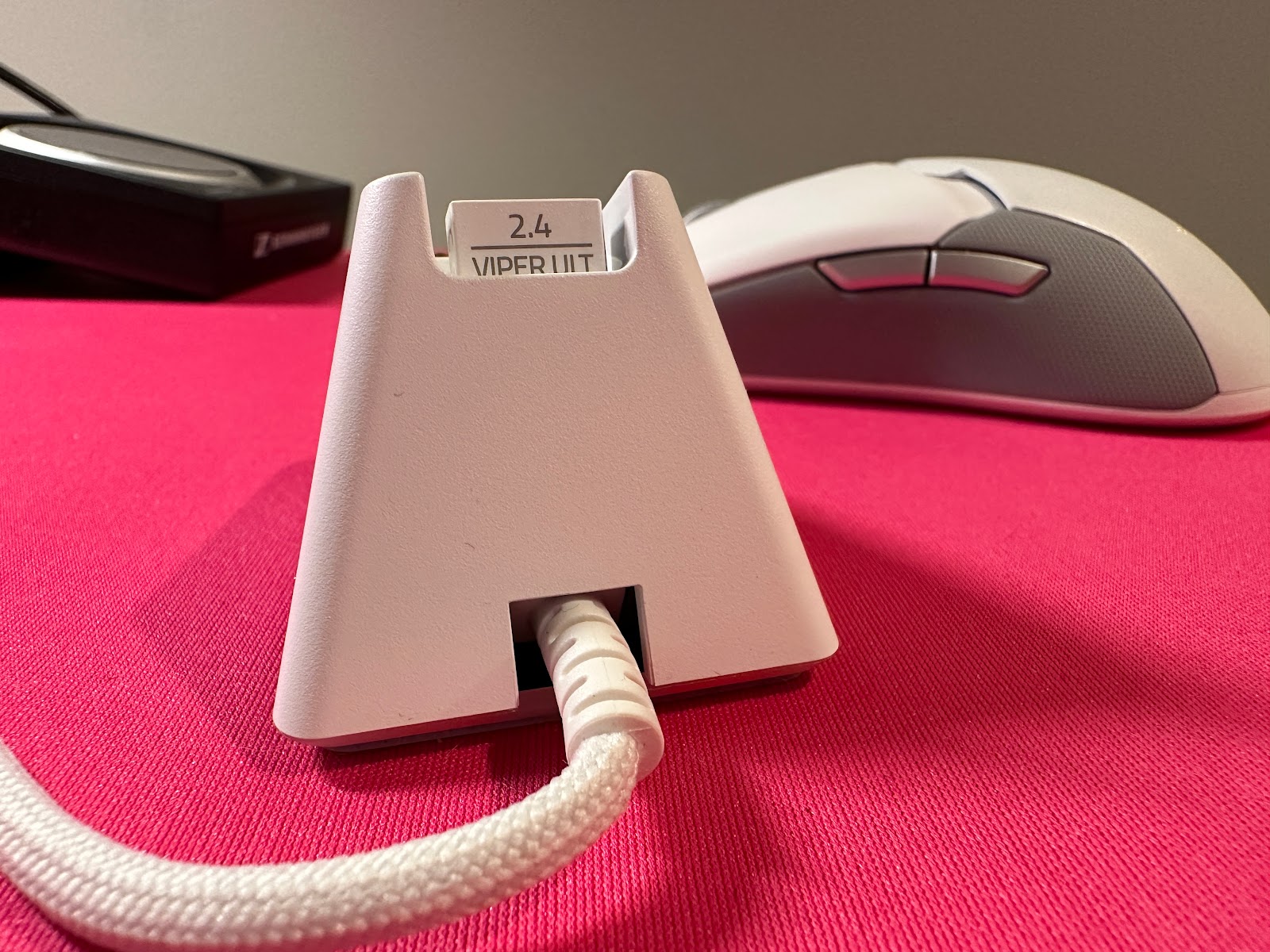
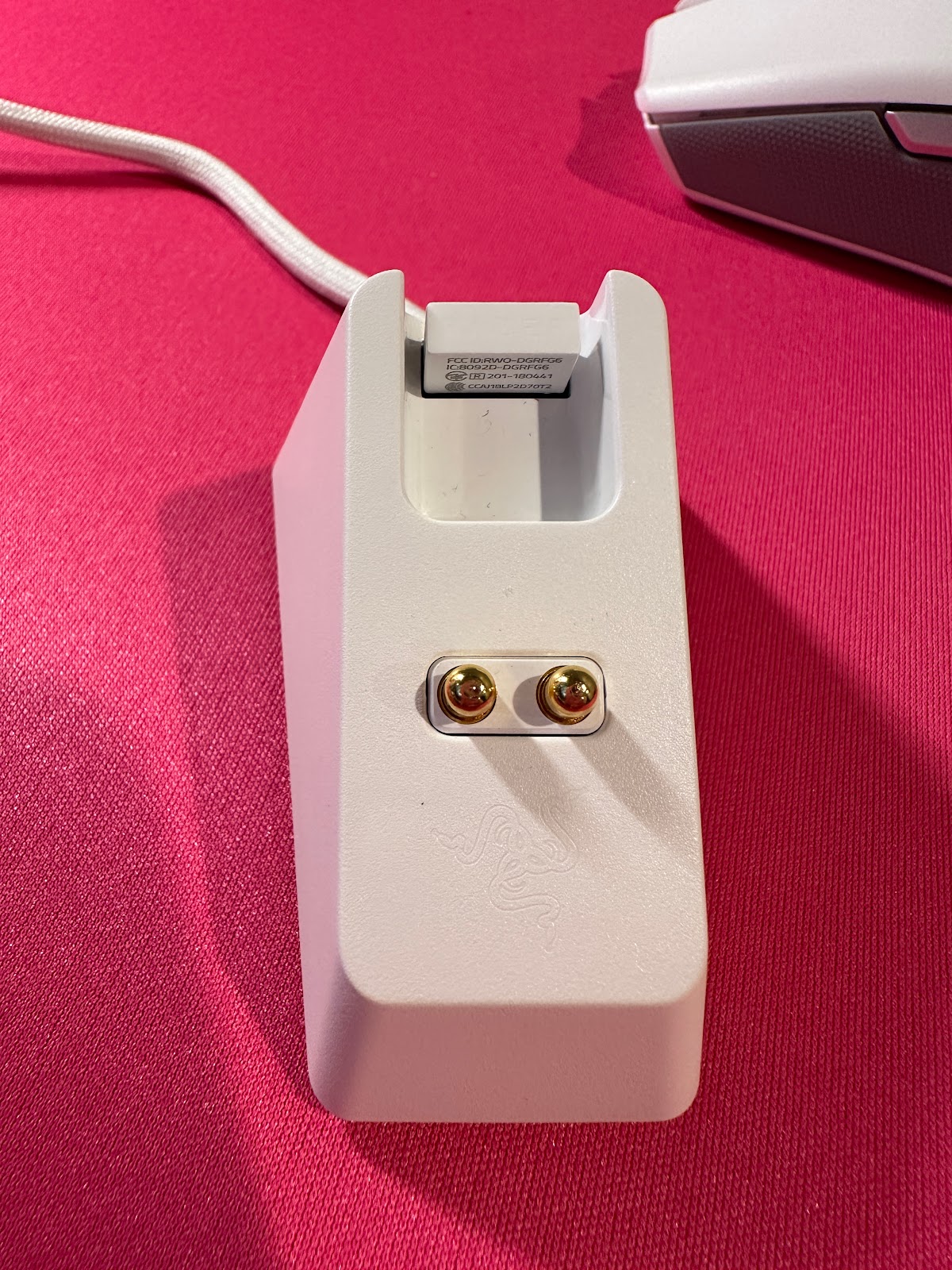
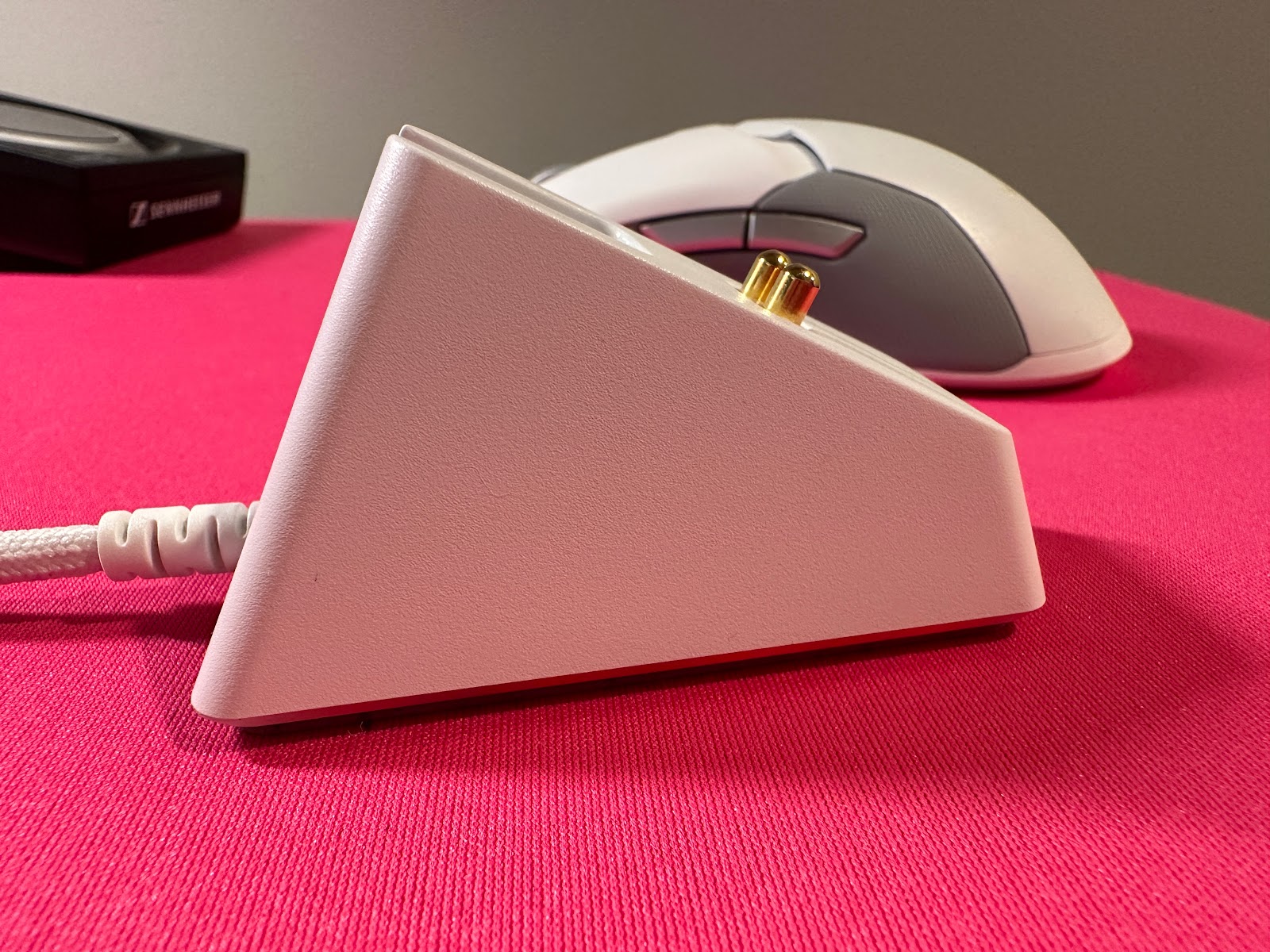


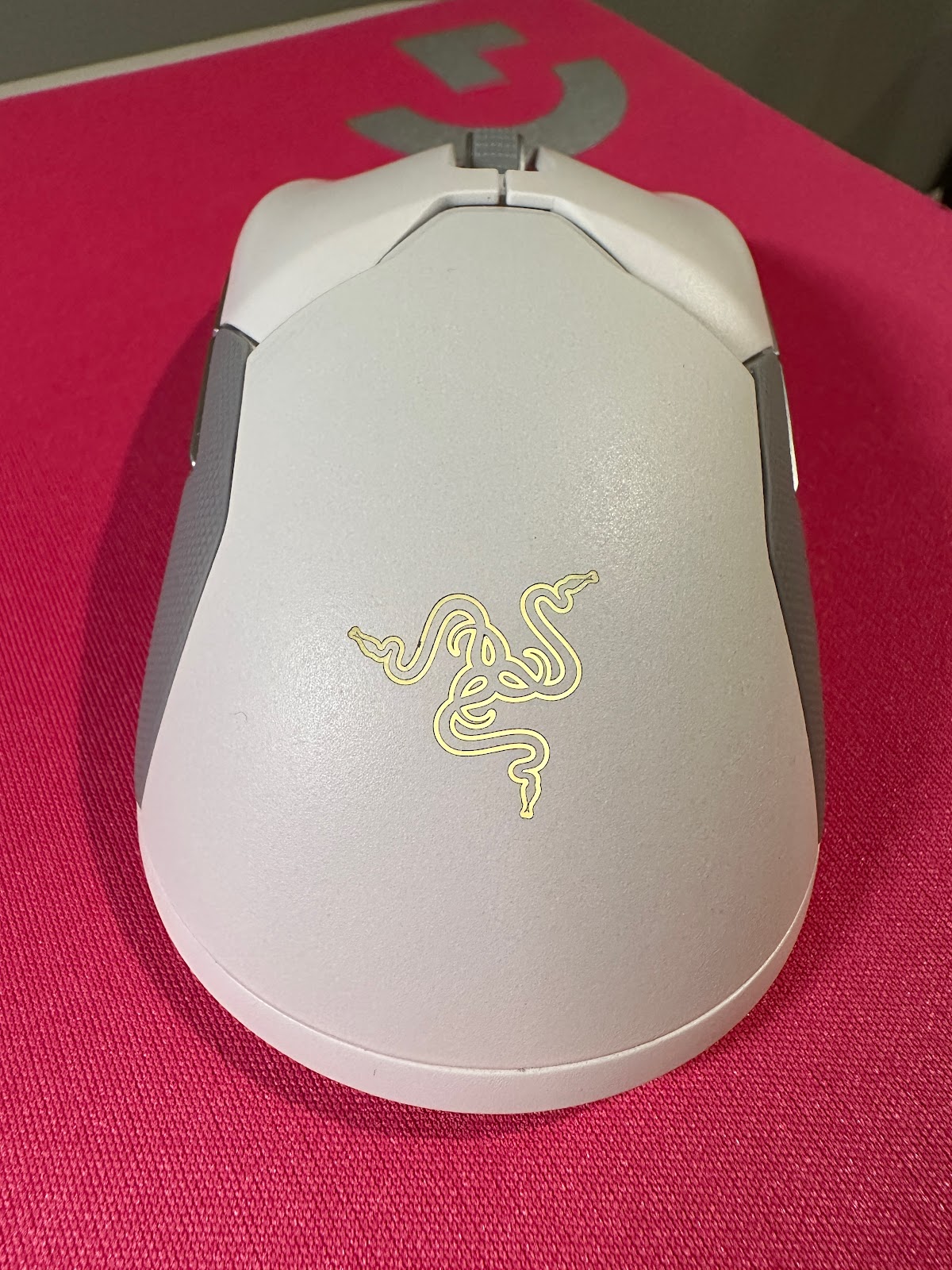
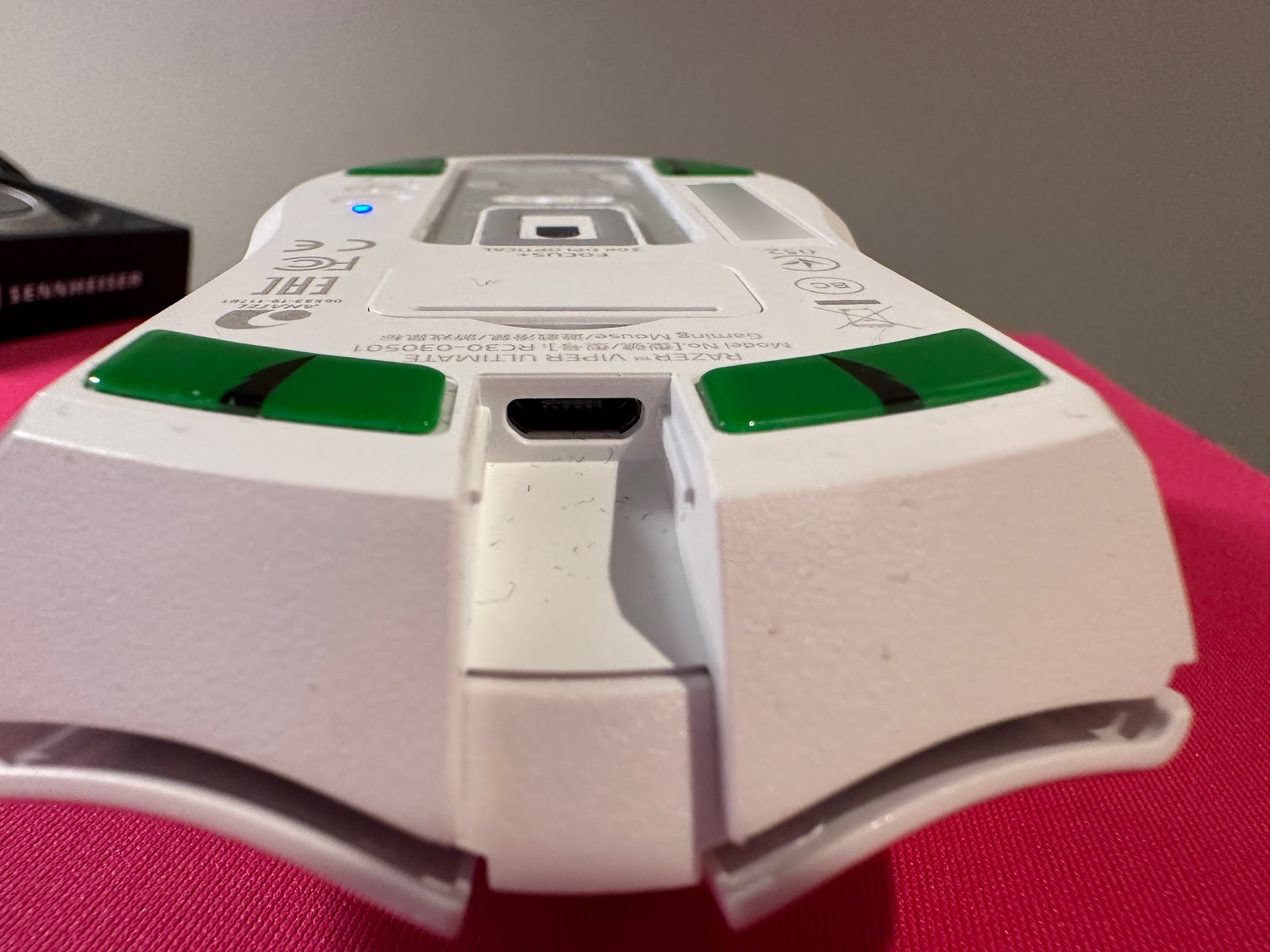





Comments
Post a Comment